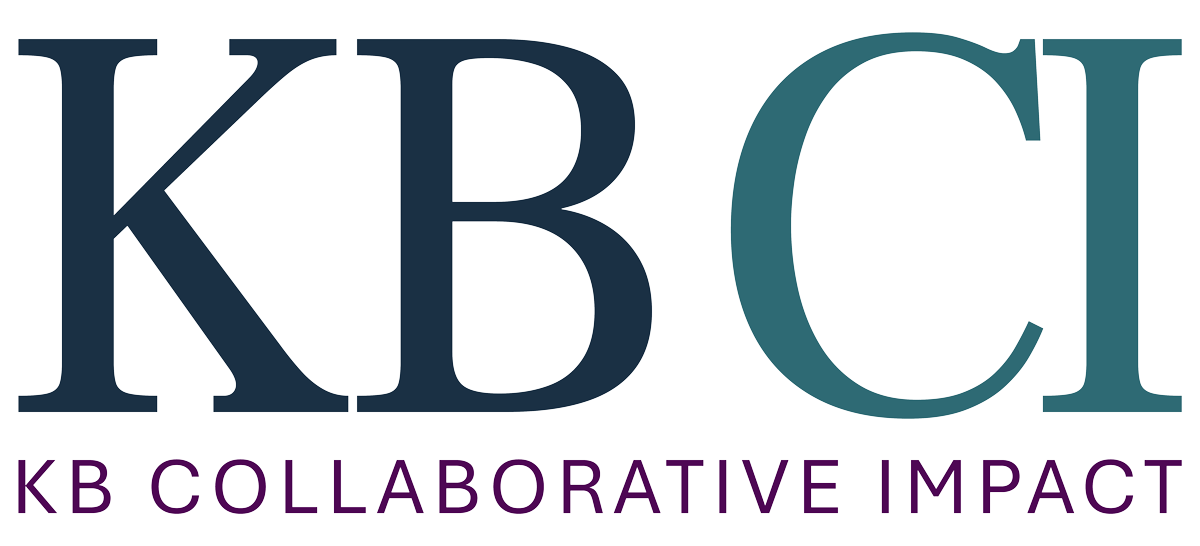
Make your retreat worth the lift
by Katherine Burke
1- Start with “why.” This seems obvious, but if you want your time to be worthwhile, you need to clearly define what you want to achieve with the retreat in general, and for each session specifically. The agenda for each meeting should begin with its purpose. That doesn’t mean you need the entire retreat to be action-oriented, it just requires you to be clear with yourself and with all participants about why you’re there. A retreat designed to build trust and camaraderie should look quite different than one focused on establishing a set of priorities for the year ahead. (Though I would argue that any well-planned retreat will inevitably increase trust and camaraderie.)
2- Have the right people in the room. Don’t default to “just the leadership team” or, conversely, “everyone.” Start with your objectives, and define your participant list from there. You’ll probably want different people in different sessions. Consider including:
-
- Well-connected staff at all levels – people who are well-versed in their team’s work, and who have influence over others.
- Staff from a variety of corners of the organization – you can only get a full picture if you have a perspective from all angles.
- Up-and-coming staff members – people who receive consistently high performance ratings, who are known to offer valuable insights, and who are respected by their peers. These are your future leaders, and you should begin cultivating them as soon as they make themselves known.
3- Don’t be afraid of pre-work. Just because you’re not inviting the entire organization doesn’t mean everyone can’t contribute to the agenda design and offer their feedback in advance. Pre-work offers an opportunity to involve more of your organization, while allowing your time together to be more efficient. Pre-retreat surveys or questionnaires can replace feedback-oriented sessions that would otherwise need to precede decision-oriented discussions.
That said, if you’re requesting pre-work, make sure you’re giving staff the time and space to complete it. If everyone is returning their pre-work on a Sunday night, that means they were cramming it in during personal time. Your retreat is probably a good time to find out how you can make pre-retreat and during-retreat time more manageable for everyone. If you’re setting priorities during this retreat, this is a clue that you might need to shorten your list in support of work-life balance.
4- Go offsite. You don’t need to take your team to the Bahamas, but a fresh, inspiring, space can shake up existing dynamics and lead to fresh thinking. Seek out a space with plenty of windows and minimal external distractions. Be considerate of the challenges your staff might face in spending time at an off-site location, and try to find ways to make it manageable for staff to leave families and personal obligations behind so they can truly immerse themselves in the work of the retreat.
5- Be clear on roles. Make sure that everyone is clear on who the decision-makers are to avoid confusion and feelings of disenfranchisement. If people know in advance that they are not deciders in a particular session, they won’t be disappointed late in the game. When it comes to sharing ideas and offering opinions, the floor should be equally open to everyone who is included in a session, and they should feel that way. Get folks comfortable and involved by having different people facilitate different sessions. Identify people who you know are likely to be good facilitators, and set them up to succeed by providing content early and offering guidance on meeting facilitation in advance.
6- Lay down the law. Set firm but realistic ground rules. No laptops or phones during sessions is my personal favorite – it’s amazing how much more present people are when devices aren’t on the table. Promise to provide notes later (AI has this covered these days!), and provide pens and notebooks for anyone who wants to document their own take on things. Provide plenty of 15-20 minute breaks so people can catch up with critical goings-on reasonably regularly.
7- Keep it moving. Get people moving around whenever possible. Avoid long presentations when you can. (Pro tip: presentation material can generally be pre-reading so your sessions can be interactive.) Go old school! When you can get participants up and moving around to white boards and flip charts, their blood and their brains are activated together.
8- Timing is key. Work with your team’s natural rhythm, not against it. It’s generally best to start with a quick, relatively light session first thing in the morning to get the mental juices flowing. The rest of the morning is the time to tackle your most dense, potentially sensitive meetings while everyone is at their most energetic. Post-lunch sessions should be the most engaging, and the most physically active to stave off the post-meal doldrums. Have a relatively long mid-afternoon break, and encourage participants to use that time to get outside for a brief walk.
[Pro tip: the last session of the day can be a surprisingly good time for brainstorming sessions, especially if they’re organized in a way that encourages active participation. People should be well warmed up, comfortable with one another, and just tired enough to have their guards down by this point in the day. These are the perfect conditions for brainstorming, and generally not the time to be trying to be nailing down decisions and agreements.]
Pay attention to the actual energy in the room and be ready to switch things up on the fly. Perhaps you had planned for an interactive brainstorm session, but participants are disengaged or there’s a prohibitive negative energy in the room (perhaps leftover from some tense previous session). Try to shake things up with a casual, interactive exercise to re-set the mood. If that doesn’t work, it’s not worth trying to force an energy that just isn’t there. Dive into something else instead – or give participants that time back, but warn them that they’re not off the hook forever! Pressing forward in a bad session is likely to result in negative feelings and frustration over wasted time, which is ultimately far worse than having to reschedule.
9- Break out! Mix up your groups by moving people into smaller group discussions. Shaking things up can make a huge difference in terms of participation. Think carefully about who should be in which group before the meeting. Sometimes you might want groups of diverse staff from various parts and levels of the organization to get robust conversation. Sometimes you might want small groups of experts in specific areas to tackle different problems requiring expertise. A great retreat will involve a variety of breakouts where groups are mixed and matched differently over the course of the sessions depending on the session objectives.
10- It ain’t over ‘til it’s over. Post-meeting follow-through while you still have momentum is critical. Review action items at the end of each session, and clarify owners. If responsible individuals aren’t determined during the meeting, assign them promptly and be clear on how you’ll track progress. You must have at least one staff member who is responsible for following up on all action items emerging from the retreat to be sure the work stays on track and your time together results in meaningful change.
Bonus resource: For some great inspiration and tips on brainstorming sessions, check out Disciplined Dreaming by Josh Linkner.
Ready to Plan Your Retreat?
At KB Collaborative Impact, we help small and mid-sized mission-driven teams design and facilitate effective, energizing retreats. We’re now booking for Fall 2025 and Winter 2026.
We’re currently offering a free, no-commitment, 60-minute planning brainstorm to help you clarify goals and start strong. Email katherine@kbcollaborativeimpact.com to grab your session before our calendar fills up.

